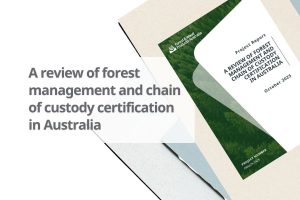A Swedish-German research team has successfully tested a new method for the production of ultra-strong cellulose fibres at DESY’s research light source PETRA III. The novel procedure spins extremely tough filaments from tiny cellulose fibrils by aligning them all in parallel during the production process.
“Our filaments are stronger than both aluminium and steel per weight,” emphasises lead author Prof. Fredrik Lundell from the Wallenberg Wood Science Center at the Royal Swedish Institute of Technology KTH in Stockholm.
Researchers took tiny, nanometre-sized cellulose fibrils and fed them together with water through a small channel to align. Salt is then added to the outer streams, making the fibrils attach to each other and thereby locking the structure of the future filament. Once air dried, the filaments shrink to form a strong fibre.
Co-author Dr. Daniel Söderberg from KTH said “the resulting material is completely compatible with the biosphere, since the natural structure of the cellulose is maintained in the fibrils. Thus, it is biodegradable and compatible with human tissue.”

Image credit: DESY/Eberhard Reimann



